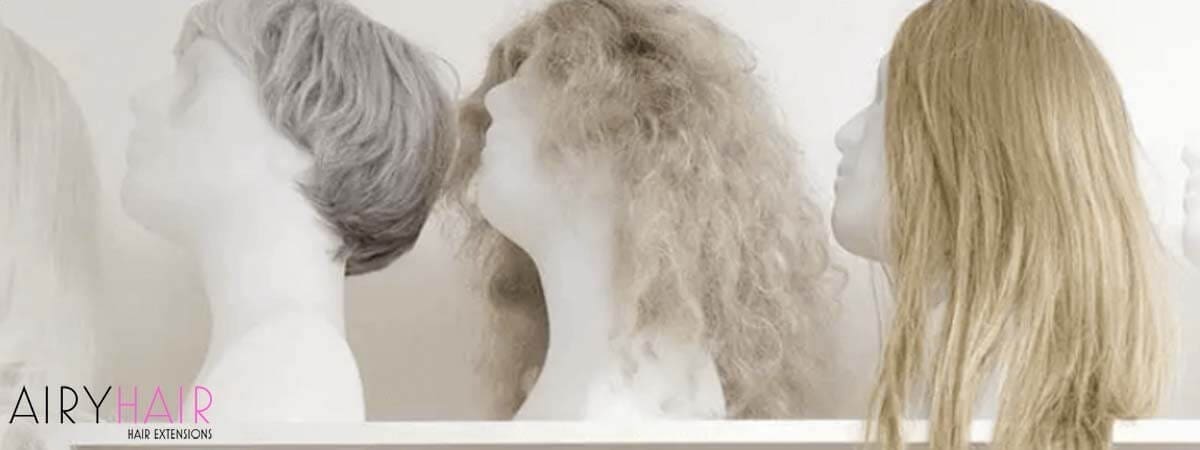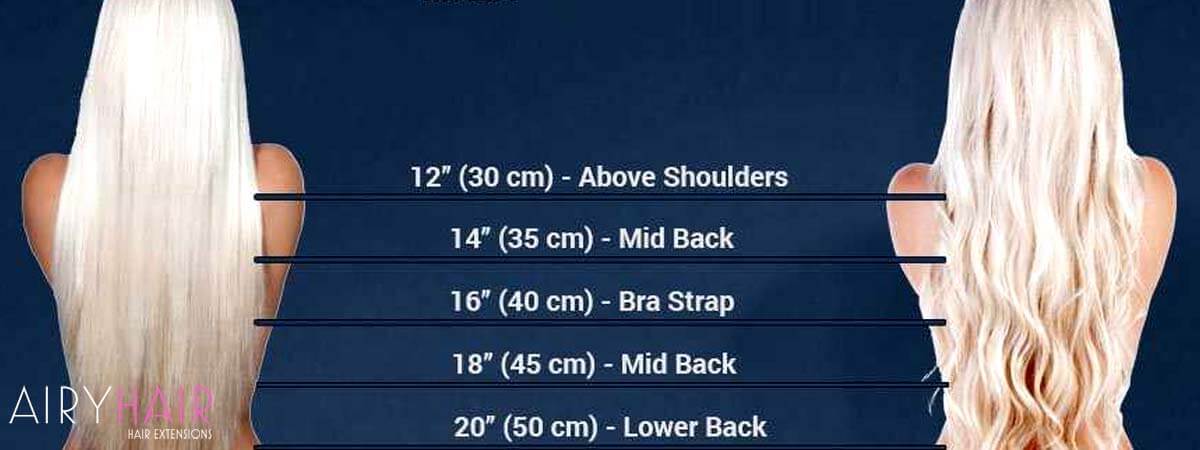
There are many reasons we want to wear lace wigs. Some of us like the convenience of a stylish hairstyle in minutes while others enjoy wearing different hair textures than their natural grain.
Whatever the case may be, we all had to start at some point. We are excited to see you are ready to try out something new and want to make your transition as enjoyable as possible.
That is why we are writing this comprehensive beginner’s guide to full lace wigs. Are you ready to get started? Let’s go!
How to Apply a Full Lace Wig
You must put it on correctly to ensure your wig does not blow away with the wind. We would hate for you to lose your hair in the wind. Trust us; it’s not pretty!
What You Will Need
- A wig cap that matches your skin tone
- several hair clips and ties
- bobby pins
- cotton balls or swabs
- rubbing alcohol or witch hazel
- scalp protector
- wig tape and/or adhesive
- scissors
- hair styling products as desired
Step 1: Secure your natural hair
If you have long or/and thick hair, put it in chunky braids or corn rolls. This will help it to stay flat and controlled under your wig.
Secure all of your braids in the back of your head and tuck the loose ends under. You can leave them like this or hold them in place with bobby pins.
Step 2: Protect your natural hair
Place a wig cap that is as close to your skin color as possible. For instance, if you have brown skin, then wear a brown wig cap; if you have pale skin, wear a light-colored wig cap.
Be sure that the edges of your wig cap align with your hairline. This step is optional but highly advised as it will control your hair so that it doesn’t stick out.
Step 3: Prepare your wig
Lace wigs usually come with extra lace around the hairline. You want to trim this off.
If yours does not have one, you can skip this step. However, this must only be done the first time you wear your wig.
To trim your wig’s lace, place it on your head and secure the hair away from your face with hair clips. Then, cut the lace-up to the hairline of the wig.
Cut small sections at a time so you do not hurt yourself, and ensure you do not over or undercut sections. It would help if you left a little lace, but not more than one inch.
Step 4: Prep your skin
Use a cotton ball or pad soaked with rubbing alcohol or witch hazel. This will remove oils from your skin that might prevent your wig glue from sticking if you use any.
Also, if you have sensitive skin, it might be a good idea to use a scalp protector around your hairline.
Step 5: Apply adhesive(s)
Put thin strips of wig tape on the underside of your wig’s hairline. You can use this by itself or in addition to the adhesive.
If you are using adhesive as well, use a cotton swab to put a thin layer on your scalp. Be sure to let it dry according to its instructions.
Step 6: Put on your wig
 Rest the wig on your head aligning the front with the front of your head and the back with the back of your head. Center it so that it sits evenly on your head. The middle of the wig should align with the middle of your head.
Rest the wig on your head aligning the front with the front of your head and the back with the back of your head. Center it so that it sits evenly on your head. The middle of the wig should align with the middle of your head.
Pull it over your head to fit snugly, then press down the edges to secure the adhesive!
Style it as desired.
Caring for Your Wig
Although wig hair is not your natural hair, it will still need some maintenance. If you have worn hair extensions, you might be familiar with some of the tips we are about to share, but they are still worth reading as some things are a bit different from wig care.
Washing the wig
We recommend using a sulfate-free shampoo when washing your wig so that it does not dry the hair as much. Remember that your wig does not have oil glands to replenish oils as your natural hair does.
This is one reason not to wash your wig very often. Also, be sure to condition your wig.
If you wear your wig daily, was it no more than twice a month? If you wear it less frequently, once a month is recommended.
Storing your wig
When you are not wearing your wig, you will need to place it on a mannequin head so that it keeps its shape and preserves its hairstyle. If it is sewn to your head, protect the hair as you would with your natural hair by wearing a hair cap or scarf.
Styling your wig
You can style your wig in any way you want. The only thing you need to keep in mind is that you can not use heat on synthetic hair. If you use heat on natural hair, be sure to use a heat protectant to avoid getting damaged. Do not use it too much because it can weigh down the hair.
We suggest using heatless methods to curl or straighten, like flex rods and heatless straightening techniques.
We hope that this guide has helped you feel more comfortable with wearing and caring for a full lace wig. If you have any questions or tips to add, please feel free to share them in the comments box below.








